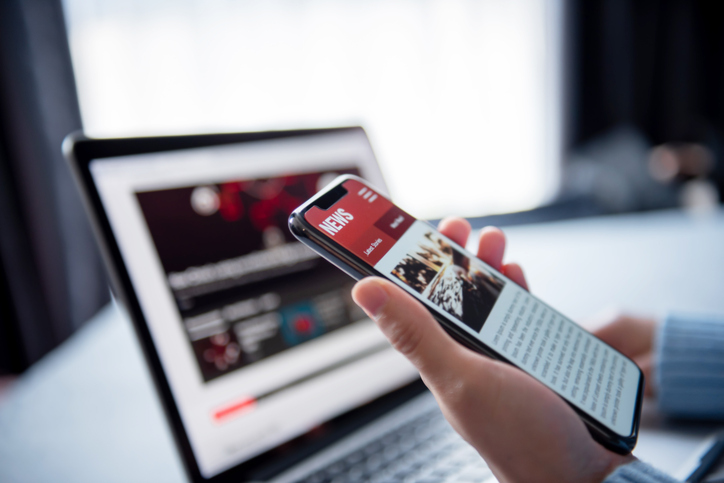Blogs
The Mistakes No Brand Can Afford

Earlier this year, one of the world’s largest entertainment companies saw its stock hit a new low. It was not due to poor earnings or regulatory issues, but because of a cultural backlash over its handling of political and social issues in the U.S. that went viral on social media. Their crisis team in Asia scrambled to respond, but by then, the narrative was already set.
This isn’t an isolated incident. Across the UK, U.S., and APAC, we are seeing a similar pattern: brands are making cultural and communication mistakes that undo years of reputation-building in a matter of hours. These missteps, once only embarrassing, now carry the weight of existential threats in 2025.
Localization Trap
True localization goes far beyond language; it requires a deep understanding of the cultural nuances that shape each market. Some companies are still treating localization as a translation exercise, not a cultural strategy. The results could be devastating. For example, Dolce & Gabbana’s China campaign previously featured a Chinese model struggling to eat Italian food with chopsticks, accompanied by condescending narration. The imagery felt patronizing, leading to boycotts, canceled fashion shows, and estimated losses of USD$1 billion in the Chinese market.
Brands stumble when they treat localization as just translation, missing the cultural nuances that shape audience perceptions. Partnering with local experts and media isn’t a nice-to-have; it’s essential. These insiders bring context and understanding that no algorithm or global campaign can replicate.
Endless Chasing Numbers
CMOs are drowning in dashboards and chasing engagement metrics, which sometimes can come at the cost of building genuine trust. Chief Communications Officers can fall into the trap of measuring success by coverage volume rather than credibility impact. There is the risk here of becoming obsessed with vanity metrics, which over time can diminish long-term brand value.
Some brands have generated millions of social media interactions yet still struggled with credibility challenges when customers complained about product quality and service, resulting in a surge of negative feedback across their own platforms. Operations, marketing, and communications can no longer operate in silos – they must work seamlessly together. While metrics are important, impressive numbers mean little if a brand fails to earn genuine trust.
At the same time, AI is making content creation faster and cheaper, flooding the internet with generic brand messages and corporate fluff. This means that authentic third-party validation has never been more valuable in this crowded landscape. When Bloomberg or the Financial Times writes about your company’s innovations, that endorsement carries a weight no amount of social media content can match.
Speed Without Soul
Too many brands rely on AI to accelerate output rather than enhance quality. The result? Empty content that sounds like everyone else. BuzzFeed’s recent AI content experiments produced articles that were technically accurate but lacked the personality and cultural insights their audience expected. Readers could tell the difference, and engagement dropped significantly on AI-generated pieces. The company’s stock price reflected this disconnect.
On social media, especially corporate LinkedIn, AI-generated captions have become a monotonous stream of clichés: “Excited to announce…” “Thrilled to share…” “Proud to reveal…” The same recycled templates strip content of personality and authentic voice. Executives are becoming indistinguishable from each other, and what they highlight as accomplishments begins to blur into each other.
The solution isn’t avoiding AI but using it strategically. Define your tone of voice and remain consistent. Use AI for research, data analysis, and first drafts, but maintain human oversight for brand consistency and cultural sensitivity.
Companies that will thrive in 2025 understand that their marketing communications and PR must focus on “resonance”. They recognize that every message carries cultural weight, every metric should serve a deeper purpose, and every piece of content must reflect authentic brand values.
Success requires a fundamental shift in approach. Instead of chasing viral moments, focus on building lasting relationships. Rather than optimizing engagement alone, prioritize genuine connection and trust. Move beyond surface-level localization to embrace cultural intelligence that respects and understands diverse audiences across borders.
Latest News



